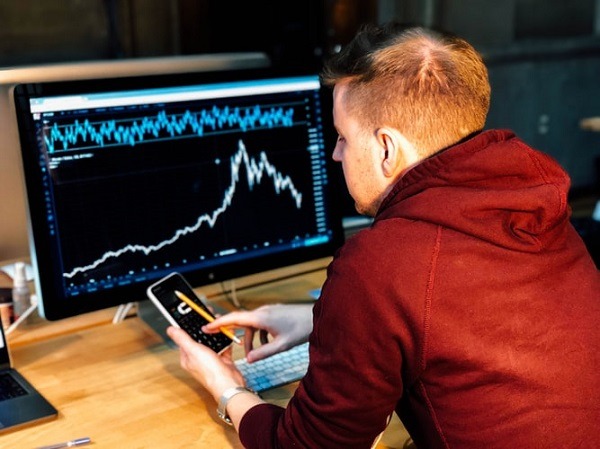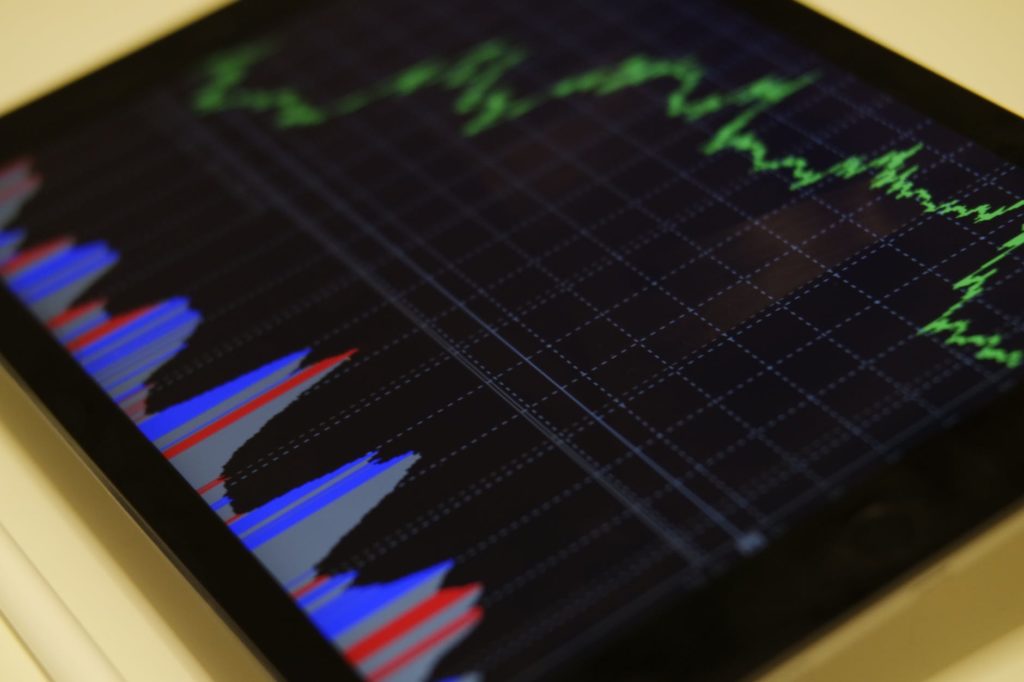Forex or Foreign Exchange is considered to be the largest and most liquid market in the world. This is the reason why a lot of people are getting into Forex trading or investing in the Forex market. However, one of the challenges when it comes to Forex trading is that the prices on the currency market can change unpredictably. But this can be solved by reading more on theinvesting.online and using forex indicators.
Forex indicators or Forex Technical Analysis Indicators are used to forecast price changes in the currency market. They are also known as technical indicators. By using them, traders can make decisions about market entry and exit.
If you are new in Forex trading and you want to learn more about how you can forecast the price changes on the currency market, then you’re in the right place. To provide you with more ideas, we are going to give you an introduction to Forex Indicators.
What are the Types of Indicators for Forex Trading?
The best Forex currency indicator should be one that can fit your trading style and psychology. The thing is, there’s no single best Forex indicator that can fit all trader styles. But, there’s a wide variety of Forex technical indicators available that you can use. In fact, you can download top forex indicators from Forex Racer, which are all very useful.
Some of the indicators they offer belong to the MetaTrader 4 trading platform. This platform offers a function that enables traders to add indicators right into trading graphs or place them in a special window. These indicators are also known as mt4 indicators. Be sure to check out Metatrader 4 as well.
Technical indicators for Forex Trading come in four main types, which are trend-following, oscillators, volatility, and support and resistance. The indicators are grouped based on their function. This ranges from revealing the average price of a currency pair over time to demonstrating a clearer picture of support and resistance levels.
Here is some info about the four main types of forex indicators and the beneficial technical indicators that you can use for each type:
1. Trend Indicators
Trend indicators are made to aid traders in trading currency pairs that are trending up or trending down. If you are into trading, then you might have heard the phrase, “the trend is your friend.” It’s because the indicators under this type can help you in pointing out the direction of the trend. Aside from that, it can also tell you if a trend truly exists. Some of the technical forex indicators to determine the trend are:
-
Moving Average Indicator
The Moving Average Indicator or MA is a technical tool that can average the price of the currency pair over a period of time. It is one of the standard MT4 indicators. It has a flattening effect on the chart that can help the trader to have a clearer hint of what direction the pair is moving. It can either be up, down or sideways. You can also choose from different moving averages, such as Simple Moving Averages and Exponential Moving Averages, which are the most popular ones.
Simple Moving Average pertains to the average price for a specific time period. The average here refers to mathematics mean. The purpose of this indicator is to smooth out price movements for traders to better recognize the trend. It is a lagging indicator that includes prices from the past and gives a signal after the trend begins.
Exponential Moving Average, on the other hand, focuses on a more recent process. It means that it can respond faster to price changes.
-
Ichimoku Indicator
Another technical Forex Indicator, which is also one of the standard MT4 indicators that you can use to identify the trend, is the Ichimoku indicator. It is a complex-looking trend assistant but is simple to use. It is a Japanese indicator that was made to be a separate indicator. It can show the trader the current trends, it can indicate when a trend has likely overturned, and it can also show support and resistance levels.
-
Average Direction Index Indicator
The Average Direction Index or ADX indicator will inform you if the price is trending or is ranging. However, it will not tell you whether the price is trending up or down. This indicator is the best filter for either a range or trend strategy in making sure that you are trading based on the current market conditions.
2. Oscillator Indicators
An oscillator indicator is a type of Forex indicator that gives traders an idea of how momentum is developing on a precise currency pair. It can tell traders when the price goes higher, as it will move higher as well. And when the price drops lower, oscillators will also move lower. This means that when oscillators reach an extreme level, it is a sign to look for price to turn back around to the mean.
Here are the different oscillator indicators you can use:
-
MACD Indicator
The Moving Average Convergence/Divergence or MACD indicator measures the driving force behind the market. It can show the trader when the market gets tired of moving in one direction and needs a rest or correction. It is based on moving averages but also involves other formulas. That’s why it belongs to the oscillators’ type of technical indicators.
-
RSI Indicator
The Relative Strength Index or RSI indicator is probably the most popular oscillators that traders use. The ratio between the average gain and average loss over the last 14 periods is a big component of its formula. It means that you can use this indicator to determine when a currency is overbought or oversold, so a reversal is possible. It can also be used equally well in trending or ranging markets to find better entry and exit prices.
-
Stochastics Indicator
Stochastics indicator can give traders a different tactic when it comes to calculating price oscillations by tracking how far the current price is from the lowest low of the last number of periods. Then, the distance is divided by the difference between the high and low prices during the same number of periods. It can also help you locate overbought or oversold environments, possibly making a reversal in price.
-
CCI Indicator
The Commodity Channel Index or CCI is a different kind of indicator because there is no limit to how high or low it can go. This indicator uses 0 as a centerline with overbought and overpraised levels starting at +100 and -100. By using this, traders usually sell breaks below +100 and buy breaks above -100.
3. Volatility Indicators
This type of Forex indicator measures how large the increases and declines are for a specific currency pair. When the price of a currency swing wildly up and down, it is believed to have high volatility or unpredictability. While a currency pair that does not oscillate as much is believed to have low volatility. Before opening a trade, it is important to note how volatile or unstable a currency pair is, so you will be able to take into consideration with picking the trade size and stop and limit levels.
Here are some of the best technical indicators to measure volatility:
-
Bollinger Bands
This technical indicator can help measure market volatility by putting the price in a kind of box between the two outside lines. While the price is constantly rotating around the middle line, it will go and test levels beyond the outside lines. However, it is only for a short period and will not be able to get far away.
This indicator is perfect in a sideways market or when a currency pair is trading in a range. It’s because the lines of the indicator can be used as support and resistance levels where traders can open their positions. However, it is not recommended for trending markets, because the price can be at one Bollinger line for a long time and not go to the differing one during a strong trend.
-
ATR Indicator
The Average True Range indicator tells the trader the typical distance among the high and low price over the previous set number of bars, which typically is 14. It is presented in pips, and the higher the ATR gets, the more volatile the pair will be, and vice versa. It is one of the best tools for measuring volatility.
4. Support and Resistance Indicators
When it comes to technical analysis, support and resistance are essential. This refers to the price levels on charts that form blockades to an asset price being pushed in a given direction. Two of the technical Forex indicators for support and resistance are Pivot Points and Donchian Channels.
-
Pivot Points
This is one of the most popular and widely used support and resistance indicators in all markets, including Forex, equities, and commodities. Pivot Points are created using a formula that is composed of high, low, and close prices for the previous period. These lines are used by traders as potential support and resistance levels. These are the levels that price might have a challenging time breaking through.
-
Donchian Channels
Donchian Channels are also known as price channels. These are lines above and below the recent price action. They show the high and low prices over a long period. These lines can also act as support or resistance if the price comes into contact with them again.
These are the different types of Forex Indicators that are being used by currency traders. Though these tools might help, keep in mind that they will not automatically make you a money-making trader, especially when you are new in the Forex world. But with time and experience, you will be able to find the right indicators for you that will help you become successful in Forex trading. We hope this introduction was able to help you in getting ideas about using Forex Indicators.


